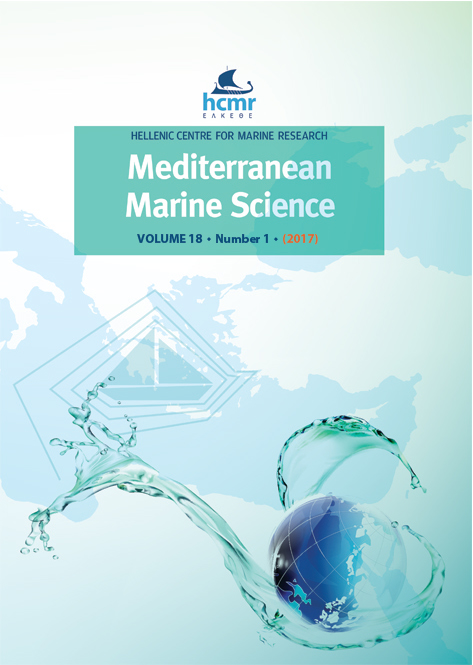Water Exchange through Canal İstanbul and Bosphorus Strait

Abstract
The Turkish Straits System (TSS) regulates the transports of water, material and energy between the Black Sea and the Mediterranean Sea. Amidst existing environmental threats to the region surrounding İstanbul, the environmental footprint of the proposed Canal İstanbul project needs to be evaluated through methods of natural science. We take the elementary step to answer the particular problem of coupled strait dynamics by adding the Canal to an existing hydrodynamic model and estimate changes in their common response. Compared to the virtually unmodified exchange flow in the Bosphorus, the flow in the Canal has a weak lower layer current component, contrasted with intense currents at the exit controls at its junction with the Marmara Sea. The net flux through this simplest hypothetical TSS configuration is considerably increased for a given sea level difference across the system. The modified regime is expected to have climatological consequences.
Article Details
- How to Cite
-
SÖZER, A., & ÖZSOY, E. (2017). Water Exchange through Canal İstanbul and Bosphorus Strait. Mediterranean Marine Science, 18(1), 77–86. https://doi.org/10.12681/mms.1877
- Issue
- Vol. 18 No. 1 (2017)
- Section
- Research Article
Authors who publish with this journal agree to the following terms:
- Authors retain copyright and grant the journal right of first publication with the work simultaneously licensed under a Creative Commons Attribution Non-Commercial License that allows others to share the work with an acknowledgement of the work's authorship and initial publication in this journal.
- Authors are able to enter into separate, additional contractual arrangements for the non-exclusive distribution of the journal's published version of the work (e.g. post it to an institutional repository or publish it in a book), with an acknowledgement of its initial publication in this journal.
- Authors are permitted and encouraged to post their work online (preferably in institutional repositories or on their website) prior to and during the submission process, as it can lead to productive exchanges, as well as earlier and greater citation of published work (See The Effect of Open Access).





